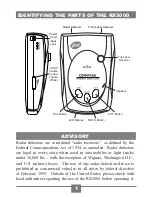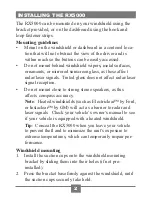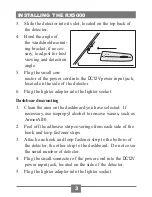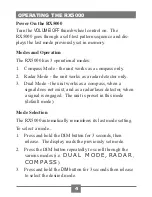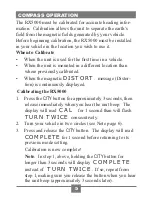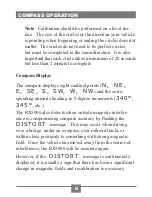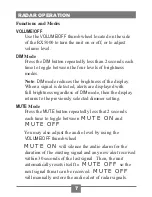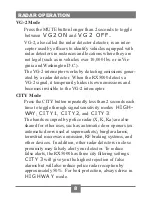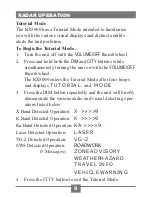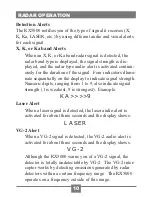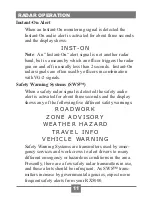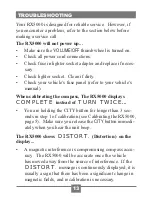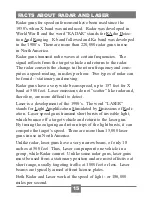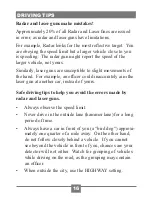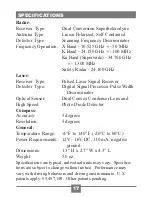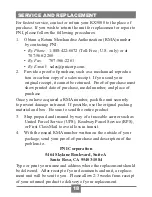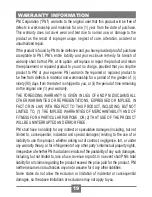
Radar guns for speed enforcement have been used since the
1950’s when X band was introduced. Radar was developed in
World War II and the word “RADAR” stands for RAdio Detec-
tion And Ranging. K band followed and Ka band was developed
in the 1980’s. There are more than 220,000 radar guns in use
in North America.
Radar guns transmit radio waves at certain frequencies. The
signal reflects from the target vehicle and returns to the radar.
The radar converts the change in the return frequency and com-
putes a speed-reading, in miles per hour. Two types of radar can
be found -- stationary and moving.
Radar guns have a very wide beam spread, up to 157 feet for X
band at 500 feet. Laser emissions do not “scatter” like radar and,
therefore, are more difficult to detect.
Laser is a development of the 1990’s. The word “LASER”
stands for Light Amplification Stimulated by Emissions of Radi-
ation. Laser speed guns transmit short bursts of invisible light,
which bounce off a target vehicle and return to the laser gun.
By timing the outgoing and return trips of the light bursts, it can
compute the target’s speed. There are more than 15,000 laser
guns in use in North America.
Unlike radar, laser guns have a very narrow beam, of only 18
inches at 500 feet. Thus, Laser can pinpoint one vehicle in a
group, while Radar cannot. Unlike some radar guns, laser guns
must be used from a stationary position and are most effective at
short range, usually targeting traffic at 1000 feet or less. Laser
beams are typically aimed at front license plates.
Both Radar and Laser work at the speed of light - or 186,000
miles per second.
FACTS ABOUT RADAR AND LASER
15

